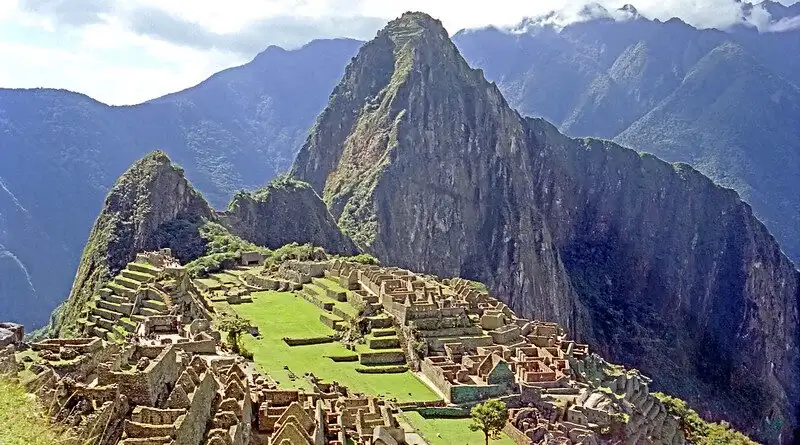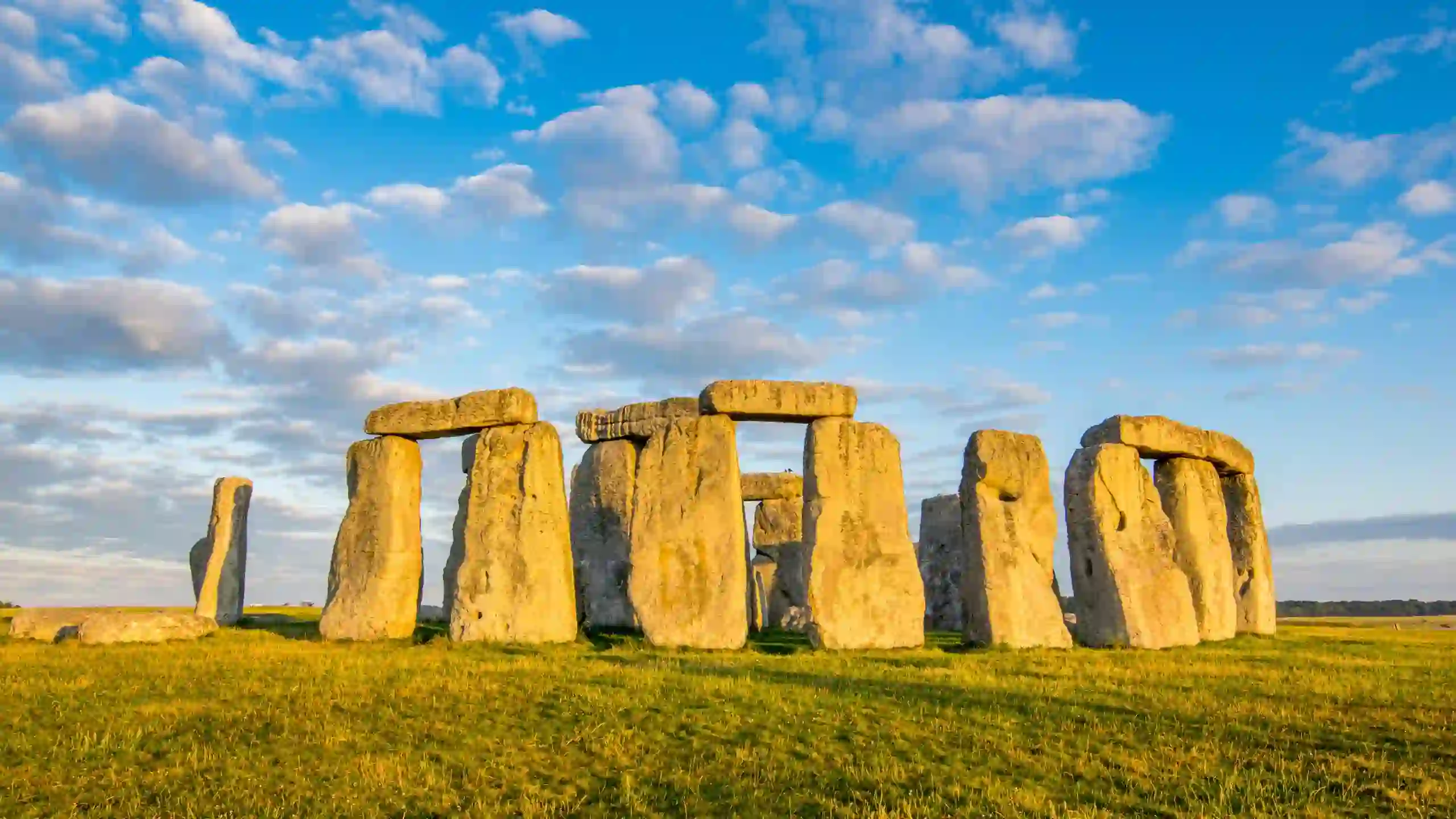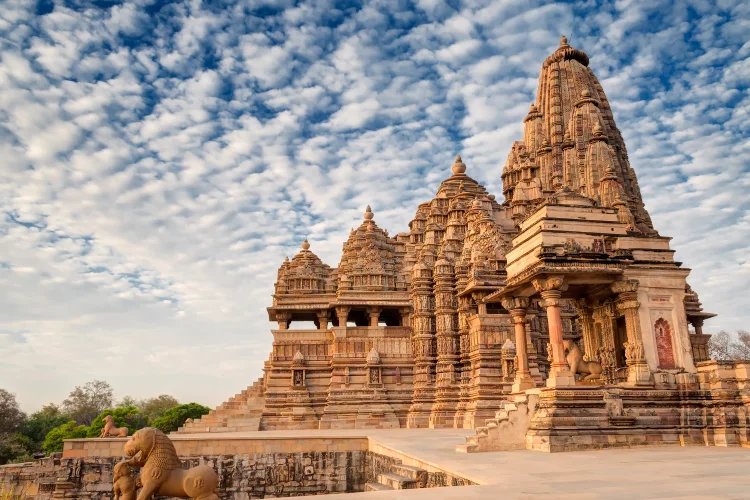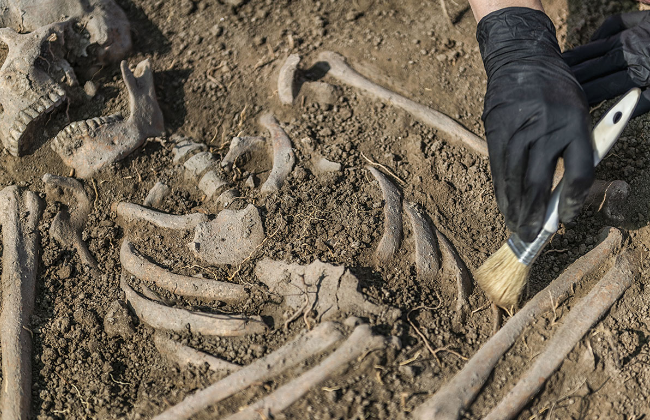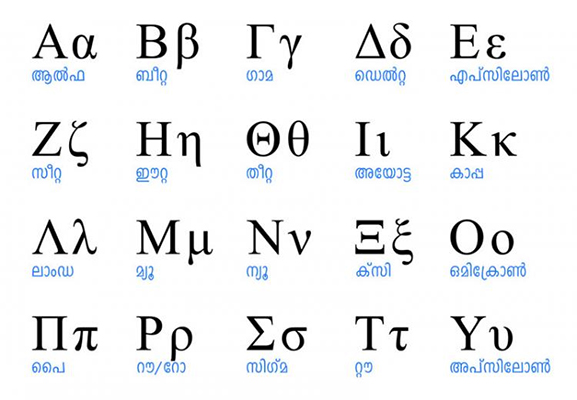Introduction
The Inca civilization, flourishing in the Andean region of South America from the 13th to the 16th century, stands as a testament to human ingenuity, cultural richness, and architectural marvels. Inca society, led by the powerful ruling class, left an indelible mark on history with their awe-inspiring cities, intricate road networks, advanced agricultural techniques, and unparalleled craftsmanship. This article explores the fascinating world of the Inca civilization, shedding light on their achievements, societal structure, and enduring legacy.
- Origins and Rise of the Inca Empire
The Inca civilization emerged from humble beginnings in the highlands of Peru. The founder, Manco Capac, established the city of Cusco, which would eventually become the capital of the vast Inca Empire. The Inca rulers skillfully expanded their dominion through military conquest and strategic alliances, incorporating diverse cultures and societies into their empire.
- The Inca Society:
At the heart of the Inca civilization was a highly organized society with a strict hierarchical structure. The emperor, known as the Sapa Inca, held supreme power and was considered divine. Below the emperor were the nobility, who governed various regions and maintained control over vast agricultural lands. The commoners formed the majority of the population, engaging in agriculture, craftwork, and other trades. A comprehensive system of taxation and labor ensured the empire’s economic stability and the provision of public works.
- Majestic Architecture:
The Inca civilization is renowned for its extraordinary architectural achievements. The most famous example is Machu Picchu, a remarkable mountain citadel perched high in the Andes. This UNESCO World Heritage Site showcases the Inca’s exceptional ability to harmoniously integrate their structures with the natural landscape. Other impressive architectural feats include the Temple of the Sun in Cusco and the fortress of Sacsayhuaman, with its massive stone walls meticulously fitted together without mortar.
- Advanced Engineering:
The Incas constructed an intricate network of roads and footpaths spanning thousands of miles, enabling efficient communication, trade, and military movement throughout their empire. These roads were engineered with precision, often carved into mountainsides or suspended over rugged terrains. The Qhapaq Ñan, the main artery of this vast road system, stretched across various ecosystems and climatic zones, showcasing the Incas’ remarkable engineering prowess.
- Agricultural Innovations:
Inca society flourished due to their innovative agricultural practices, which allowed them to cultivate crops at high altitudes and in challenging terrains. They engineered extensive terraces on mountainsides, using a system of retaining walls to create flat platforms for farming. This method maximized arable land, prevented erosion, and provided sustenance for the empire’s growing population.
- Art, Textiles, and Craftsmanship
The Incas were skilled artisans, known for their intricate gold and silver work, pottery, textiles, and stone carving. They created elaborate textiles using vibrant natural dyes, reflecting their cultural beliefs and societal status. These exquisite artifacts not only served as practical objects but also as a medium for storytelling and preserving their history.
Conclusion
The Inca civilization stands as a testament to the human capacity for innovation, cultural expression, and societal organization. Their awe-inspiring architectural feats, advanced engineering, and agricultural techniques continue to captivate the world centuries later. Despite the empire’s eventual downfall with the arrival of the Spanish conquistadors, the legacy of the Incas endures in the hearts of the Peruvian people and continues to mesmerize
![]()

